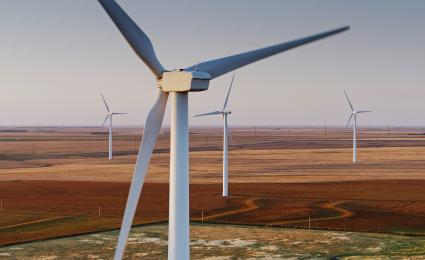International airlines are facing billions of US dollars in transformation costs on their way towards sustainability in the decade to come.
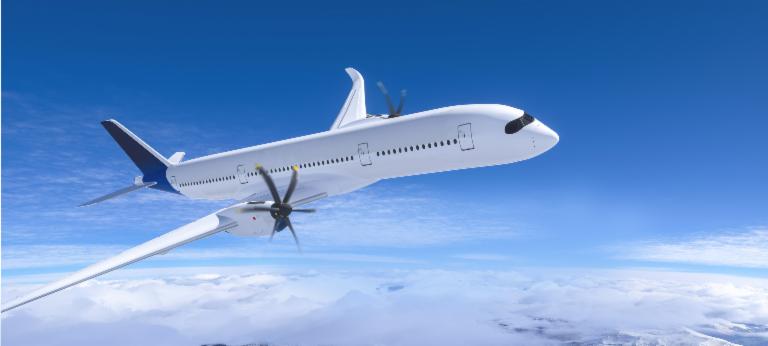

Aerospace and aviation sustainability
Achieving greener flight: Navigating the roadmap to True Zero emissions
Reducing climate impact is a key objective of today’s aerospace and aviation industries. New technologies such as sustainable aviation fuels, electric propulsion and hydrogen-powered aircraft are already paving the way to net-zero emissions. But the challenges remain formidable. Roland Berger, the go-to consultancy for aerospace and aviation sustainability, can help your company overcome these challenges and capture the many new emergent opportunities. This page offers a gateway to our thinking.
"We have developed the Roadmap to True Zero, which showcases the true size of aviation's climate footprint, and provides recommendations on how to bring the entire impact to a true zero by 2050."
If it weren’t for flying, our planet would be a much bigger place. Modern aircraft have opened up a whole world of opportunity for tourism, trade, international relations and knowledge sharing. Indeed, the aerospace and aviation industries are key enablers of today’s society. But their success has come at a cost. Aviation now accounts for 2-3 percent of global anthropogenic CO2 emissions, a figure that could rise to 12-18% by 2050 if left unchecked. To address this, the industry has embarked on a path to sustainability. From sustainable aviation fuels (SAFs), hydrogen aircraft and electric propulsion to initiatives such as the EU’s Clean Aviation Joint Undertaking, progress is already being made.
The journey will be challenging, with technologies yet to catch up with requirements, infrastructure still lacking and regulations in need of a complete overhaul. But it is also full of opportunities.
Roland Berger has been a specialist in aerospace and aviation sustainability in 2017. Since then, we have supported multiple companies on their journey towards sustainability, from airlines to aerospace OEMs and suppliers, to fuel producers and governmental entities. We have generated path-breaking insight propelling companies forward in these early stages of the sustainability transition, readying them for net-zero 2050 and readying the industry for the technological disruption that is to come.
Our approach makes us stand out, with unmatched expertise focused on six core pillars:
Aviation
We work with aircraft owners and operators to streamline operations, minimize fuel burn, and set up strategies to achieve SBTi and net-zero commitments. We also collaborate with airlines to define tailormade holistic ESG strategies, be they regional or global.
To underscore our work with companies, our experts also regularly produce recommendations for civil aviation organizations, and for aviation at the global level, providing regulators and industry groups with an informed independent perspective on aviation’s sustainability journey.
For more information contact our experts Gabriel Schillaci , Nikhil Sachdeva or Dustin Herr .
Technology strategy
Aerospace and aviation sustainability is dependent on new technologies, with varying technological and commercial barriers to overcome. We develop technology roadmaps as a core part of all our projects – and advise clients on R&D strategy, technology adoption and transition strategy. We also recognize that technologies in development today have the ability to address both CO2 and non-CO2 effects. We have thus developed the Roadmap to True Zero, which showcases the true size of aviation's climate footprint, and provides recommendations on how to bring the entire impact to a True Zero by 2050.
For more information contact our expert Nikhil Sachdeva .
Aerospace
We work directly with OEMs and their supply chain partners in three key areas in sustainability. First, helping with product sustainability - sizing the challenge by evaluating the emissions generated by a company's products, and supporting to define a more sustainable product strategy going forward. Second, helping with supply chain sustainability - setting up the mechanisms to measure and reduce embedded emissions in the deep aerospace supply chain. Third, in holistic ESG strategies, uplifting companies' capabilities in internal governance, societal impact, alongside minimizing their environmental footprint.
For more information contact our experts Neranjana de Silva or Nikhil Sachdeva.
Fuels and infrastructure
SAF
and
hydrogen
– either or possibly both – will ultimately be the fuels of aviation's future. SAFs are already in use – albeit in extremely small volumes –while new technologies are in R&D (for example, hydrogen combustion engines and fuel cells). We monitor progress in the development of new fuels and hydrogen propulsion designs, focusing on the technologies and – crucially – the infrastructure necessary for their uptake.
As part of this work, we have developed models for SAF and hydrogen volumes required to power aviation into 2050, as well as likely fuel prices. We have also evaluated the energy requirements to produce these fuels in a green way, and constantly monitor regulation around the world.
For more information contact our expert Christopher Schmitt.
Market intelligence
Our entire approach is data driven, and this includes producing green aviation forecasts. For example, we develop models with varying time frames for CO2 and non-CO2 (contrails, NOx etc.) emissions for individual aircraft and fleets. We also closely follow the evolution of regulatory frameworks to assess regional differences in incentives for green aviation development.
To ensure robustness, we leverage our extensive internal and external expert network, to capture detailed inputs on underlying technologies (from fuel cells to batteries), major market forecasts (from kerosene to hydrogen), and megatrends (from urbanization to digitalization).
To compare and contrast our views vs those of other forecasting bodies, we regularly analyze and compare global and regional aviation sustainability and decarbonization roadmaps .
For more information contact our expert Nikhil Sachdeva.
Regional air mobility
The development of small, sustainably powered air taxis and cargo aircraft with vertical take-off and landing capabilities is transforming the aerospace industry – and could be a major decarbonization lever for replacing both existing aircraft but also ground transportation. We work with leading
urban air mobility
(UAM) players to forecast the development and adoption of sustainable, longer-range
regional air mobility
(RAM) technologies.
We also monitor RAM/UAM regulations and projects around the world, and collaborate with leading institutions to produce studies on new technologies and business cases for RAM.
For more information contact our experts Stephan Baur or Nikhil Sachdeva.
With so many challenges, opportunities and unknowns, it’s clear that aerospace and aviation sustainability is a complex journey to navigate. Roland Berger’s experts are here to help, so feel free to get in touch.
Register now to receive regular insights into Aerospace & Defense topics.

_person_144.png?v=770441)
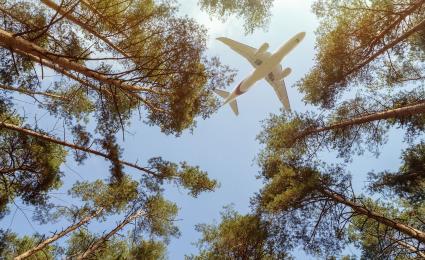
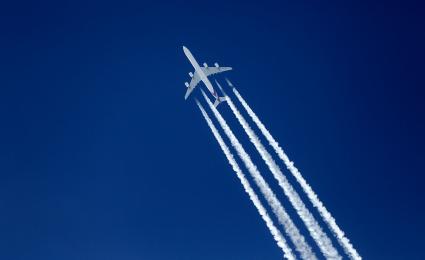

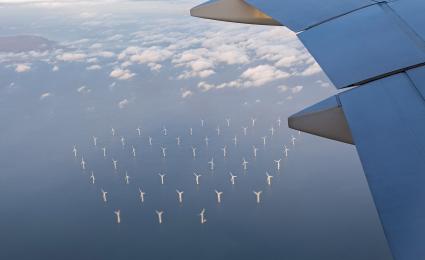
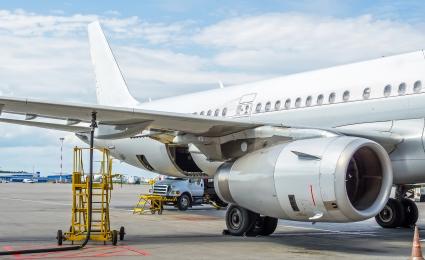
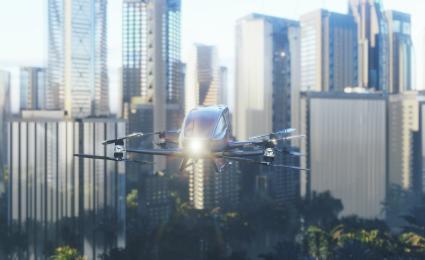
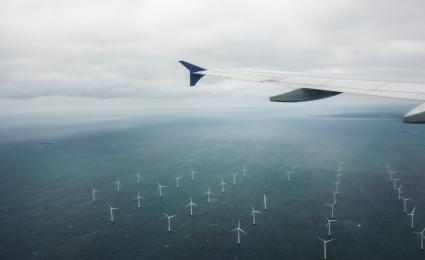
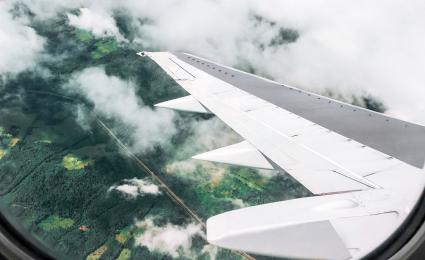
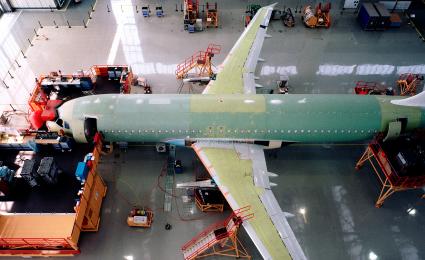





_person_320.png?v=770441)
